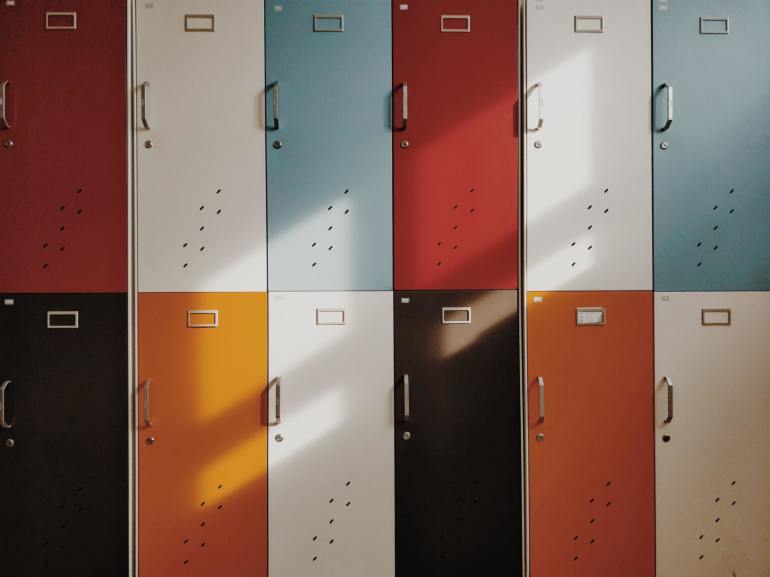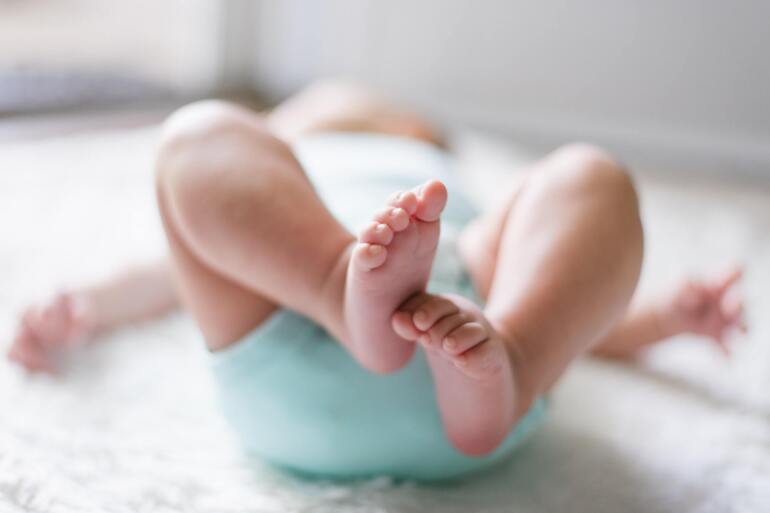Legal Update
Feb 10, 2022
Governor Newsom Reenacts California COVID-19 Supplemental Paid Sick Leave
Seyfarth Synopsis: On February 9, 2022, Governor Gavin Newsom enacted the 2022 iteration of California’s COVID-19 supplemental paid sick leave law. The new law will be effective Saturday February 19, 2022 (10 days after enactment). It is retroactive to January 1, 2022, and expires on September 30, 2022.
Legislative History of CA-Supplemental Paid Sick Leave
As you may recall, California’s Supplemental Paid Sick Leave efforts began on September 9, 2020, when California enacted a state-wide COVID-19 supplemental paid sick leave law to fill gaps left by the federal Families First Coronavirus Response Act (“FFCRA”). (“2020 CA-SPSL”).
After the 2020 CA-SPSL expired on December 31, 2020, a new 2021 CA-SPSL went into effect on March 19, 2021. Codified in Labor Code section 248.2, the 2021 CA-SPSL was retroactive to January 1, 2021, and effective immediately. The 2021 CA-SPSL sunset on September 30, 2021.
Third Iteration of CA-SPSL
Governor Newsom signed the new 2022 CA-SPSL on February 9, 2022, which was first published on February 2, 2022. The new law will be effective on Saturday, February 19, 2022 (10 days after its enactment). It contains similar provisions to its predecessors, the highlights of which are discussed below.
Two Types of Leave
Under the third iteration of COVID-19 SPSL, two banks of leave will be available. One bank of up to 40 hours will be available if an employee or a family member tests positive for COVID-19. Employees will have another bank of up to 40 hours for all other covered reasons. These other covered reasons largely track the 2021 CA-SPSL, with a few expansions for caring for family members, which are underlined below:
- Quarantine or Isolation. The covered employee is subject to a quarantine or isolation period related to COVID-19 as defined by an order or guidelines of the State Department of Public Health, the federal Centers for Disease Control and Prevention, or a local health officer who has jurisdiction over the workplace. If the covered employee is subject to more than one quarantine or isolation order or guideline, the covered employee shall be permitted to use COVID-19 supplemental paid sick leave for the minimum time period under the order or guidelines that provides for the longest such minimum period.
- Advice from Health Care Provider. The covered employee has been advised by a health care provider to self-quarantine due to concerns related to COVID-19.
- Vaccination. The covered employee is attending an appointment for themselves or a family member to receive a vaccine for protection against contracting COVID-19.
- Vaccine Symptoms. The covered employee is experiencing symptoms, or caring for a family member experiencing symptoms, related to a COVID-19 vaccine that prevent the employee from being able to work or telework.
- Symptoms. The covered employee is experiencing symptoms of COVID-19 and seeking a medical diagnosis.
- Caring for a Family Member. The covered employee is caring for a family member, who is subject to an order or guidelines or who has been advised to self-quarantine.
- School Closure Due to COVID on Site. The covered employee is caring for a child whose school or place of care is closed or otherwise unavailable for reasons related to COVID-19 on the premises.
Amount of Leave
Like the 2021 version, employees who are considered full-time or work, on average, 40 hours per week, receive 40 hours of each type of leave, for a maximum of 80 hours of leave. Part-time employees receive a pro-rated version based on their regular schedule. Employees with variable schedules receive leave based on their average hours worked over up to a six month lookback period (depending on length of employment).
Employers Can Request Some Documentation and Require Testing
Employees may only take up to 24 hours of paid leave per vaccine/booster injection unless the employee provides verification from a health care provider that the covered individual is continuing to experience symptoms related to the vaccine or booster.
When employees take leave due to their own COVID-19 diagnosis, or to care for a family member with COVID-19, employers may require documentation of the COVID-19 positive individual’s test. If an employee refuses to provide documentation, the employer does not need to provide the leave. The nature of the documentation employers are able to require is unclear, and we await FAQs to provide some clarification.
In addition, if an employee tests positive, the employer may require the employee to submit to a diagnostic test on or after the fifth day and require documentation of results (but must make that test available at no cost to the employee).
Retroactive Payments
Like the 2021 SPSL law, employers are required to issue retroactive payments to employees who took leave for a covered reason since January 1, 2022, upon written or verbal request by an employee. The retroactive payment has to be paid “on or before the payday for the next full pay period after the oral or written request of the covered employee.”
Wage Statement Requirement - List Amount of Leave Used
Instead of providing the available balance on wage statements (or written notices issued on pay day) as previous versions of the SPSL provisions required, employers now only need to list the amount of leave that has been used. If an employee has not yet used any leave, their statement must list “zero.”
Rate of Pay Aligns with Regular Paid Sick Leave
One new provision alleviates some of the administrative burden of determining the correct rate of pay. Under 2022 CA-SPSL, the rate of pay is the same as California’s regular paid sick leave under Labor Code Section 246. Leave is to be paid at the regular rate during the pay period taken, or with a 90 day lookback (or, for exempt employees, their typical pay). The $511/day cap remains.
No Cal/OSHA Earnings Continuation Relief
Unlike the 2021 CA-SPSL, an employer cannot require covered employees to exhaust their COVID-19 supplemental paid sick leave before satisfying any requirement to provide earnings continuation under the Cal/OSHA ETS, which we blogged about here. Employers cannot require any other type of leave to be used instead of, or before, 2022 CA-SPSL.
Credit for Previously Provided Leave
Employers that have provided COVID-19 related leave for reasons covered by the new law in amounts equal to or greater than what the law requires can take credit for previously provided leave since January 1, 2022.
Notice Requirement
Expect a new model poster to be published. This should be posted in the workplace and must be emailed to employees who do not frequent a workplace.
Small Business Carve Out
Like its predecessors, 2022 CA-SPSL will not apply to businesses with 25 or fewer employees.
(Good) Tax News?
Last year, businesses could be reimbursed for supplemental paid COVID-19 leave with a now-expired federal tax credit. We expect that businesses will have to absorb the cost, but that there will be some relief through various tax credits and additional funding for more small business grants.
Workplace Solutions
As the landscape of federal, state, and local COVID-related leave laws continues to change, employers must continue to modify policies and practices to ensure compliance. For more information on COVID-19 issues, please contact your favorite Seyfarth attorney.



